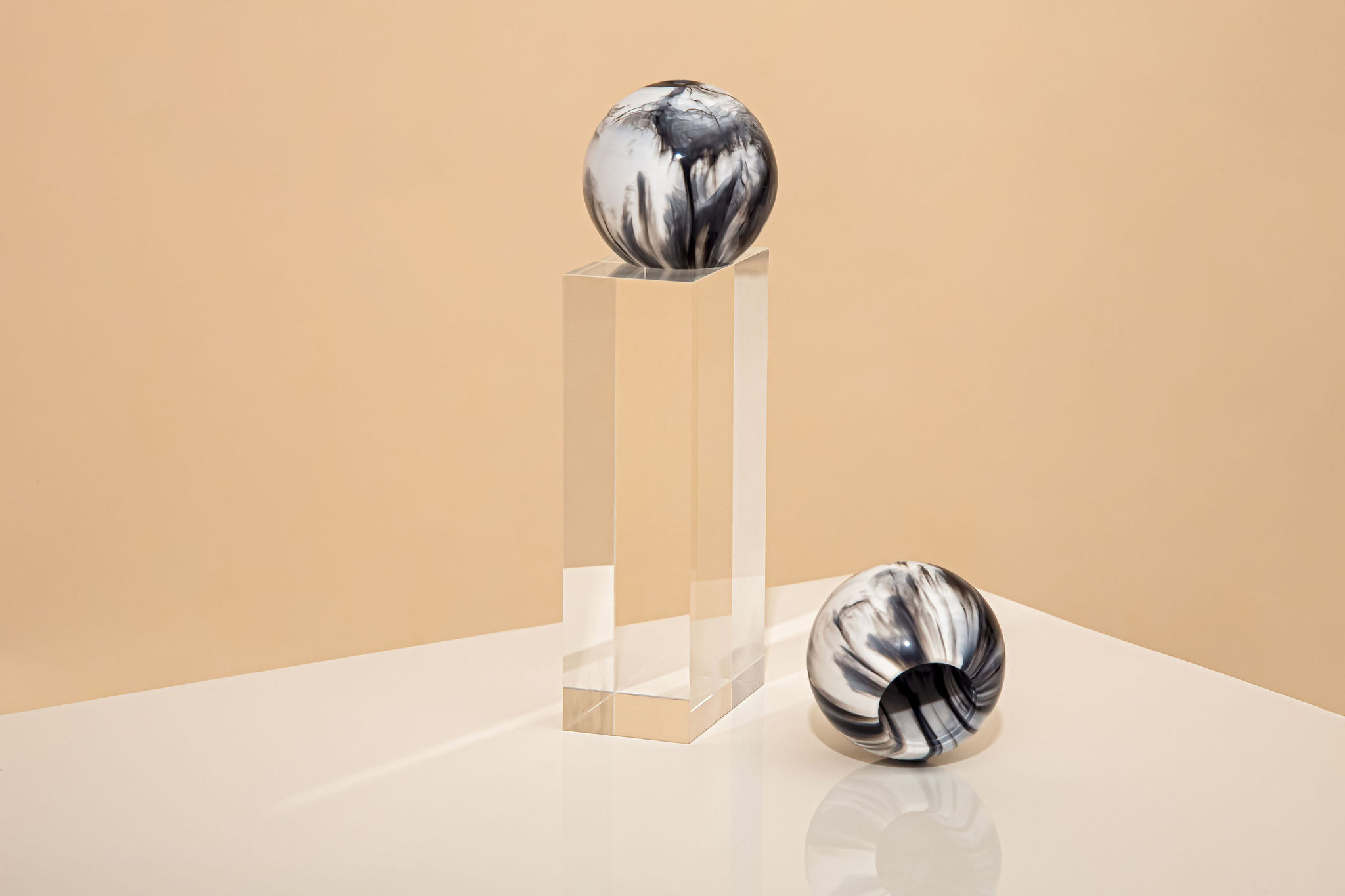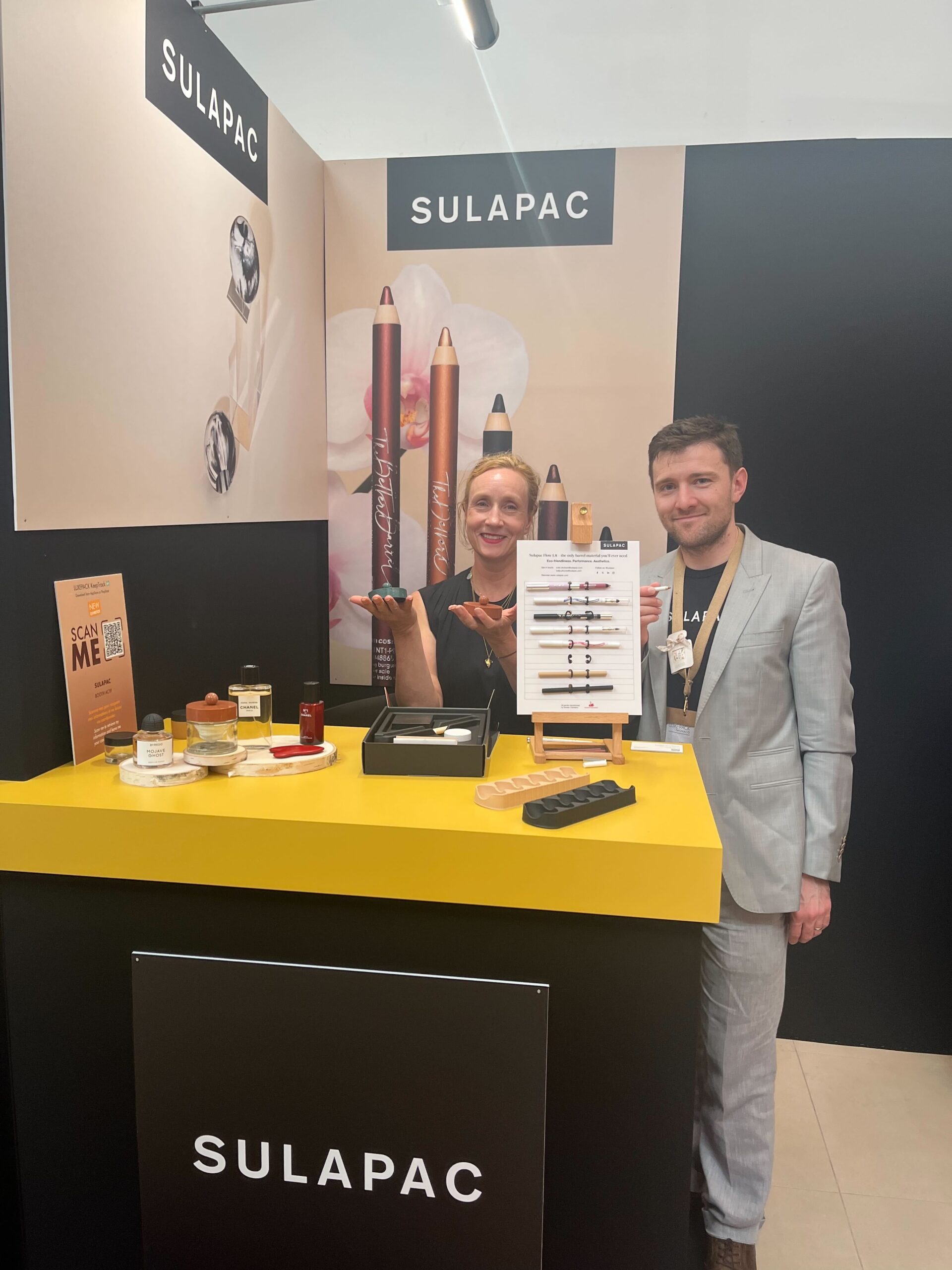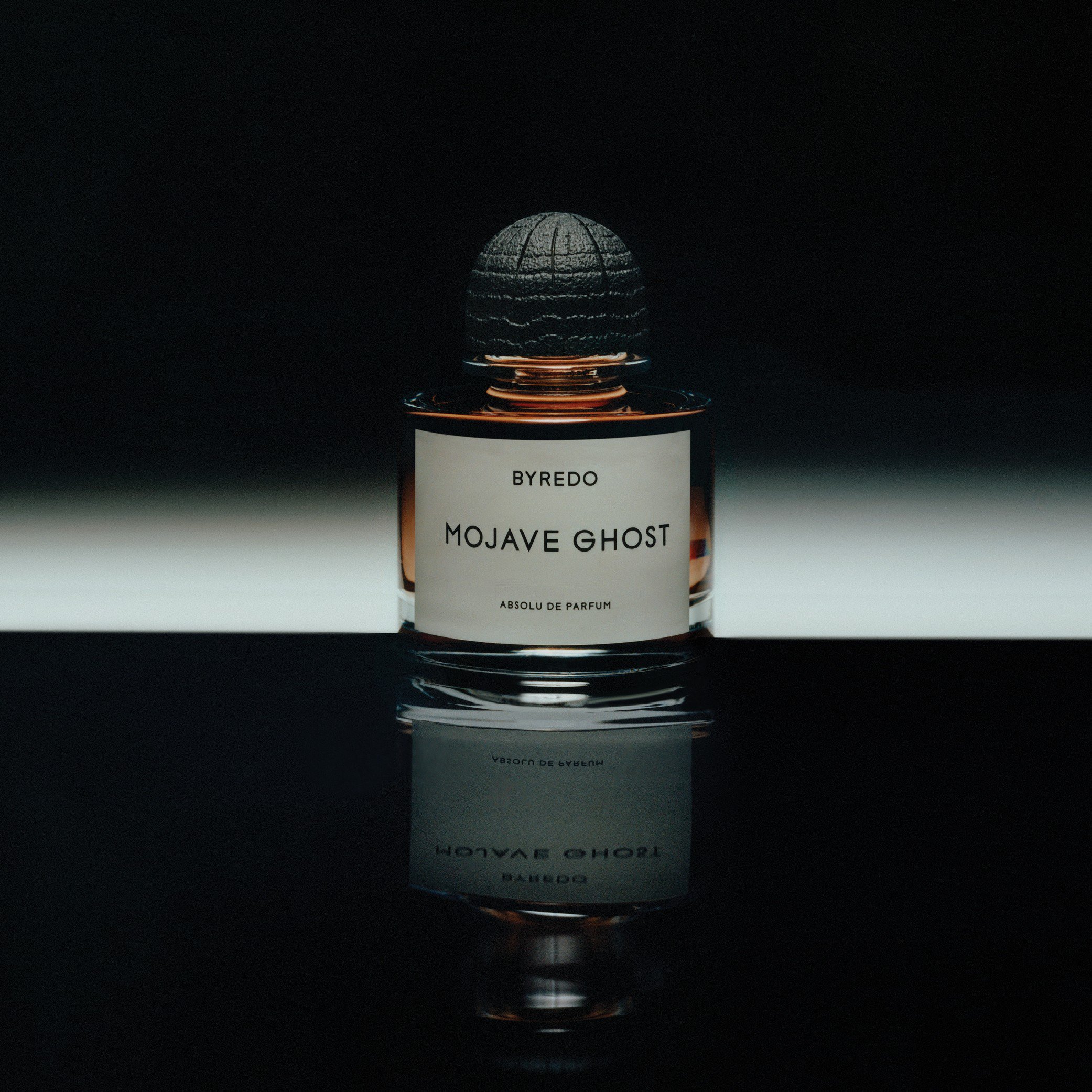Five conversations shaping sustainable cosmetics packaging in 2026
This fall, Sulapac’s cosmetics team attended two major industry gatherings: MakeUp in New York and Luxe Pack Monaco. Both events revealed a market in transition: regulations are tightening, costs are under scrutiny, and brands are rethinking what sustainable luxury really means. What’s clear is that every conversation now starts with a forward-looking mindset: how can we make our packaging sustainable?

Hot topic #1 – PPWR and navigating uncertainty
The upcoming EU Packaging and Packaging Waste Regulation (PPWR) dominated discussions at both events. While everyone expects it to redefine packaging design, no one yet knows exactly how it will play out in practice. This uncertainty has made many brands focus on areas where they can move forward without major risks.
The focus on compliance has also shifted creative energy. It seems much of the cosmetics industry’s innovation capacity is currently tied to adapting existing products to meet new recycling criteria, rather than developing something completely new.
At the same time, there are positive signs for both brands and material innovators. In the current version of the PPWR adopted by the European Parliament, bio-based and biodegradable polymers are recognized as recyclable. This confirms that next-generation materials such as Sulapac will remain compliant and strengthens confidence in sustainable material innovations.
Hot topic #2 – Cost pressure and cautious investment
Beyond regulation, cost remains a major concern. After the post-pandemic cosmetics boom, growth in makeup and fragrance has slowed down, and many companies are carefully reviewing their expenses. Unfortunately, conventional fossil-based plastics remain cheap, and sustainability initiatives often compete with other priorities for investment.
Many are still surprised to learn that sustainability doesn’t have to come with a higher price tag. This is already reality with materials such as Sulapac Flow 1.8, used for sharpenable cosmetic pencils. The extrusion material matches the performance and appearance of conventional plastics, runs on existing production lines, and is price-competitive with AES. At Luxe Pack Monaco, Sulapac makeup pencils drew plenty of attention for their natural, high-quality look and feel.
Hot topic #3 – Sustainability doesn’t replace luxury
Even as brands continue to move toward sustainable materials, luxury standards remain unchanged. The feel, sound, finish, and small design details of beauty products matter just as much as ever.
At Luxe Pack Monaco, many visitors were impressed by the way Sulapac Luxe Flex and Sulapac Solid caps make a ceramic-like sound when paired with a glass jar. It’s a distinctive, premium sound that lighter plastics such as PP or PET can’t reproduce, and that most luxury brands don’t want to lose. It’s become one of Sulapac’s signature qualities and shows that sustainable packaging can retain the sensory quality expected from luxury products.

Hot topic #4 – Data and transparency drive decisions
Microplastics have become a familiar theme in beauty packaging discussions. Unlike a few years ago, the issue is now widely recognized, and brands are looking for materials that avoid them altogether.
The fact that Sulapac’s bio-based, biodegradable materials leave no permanent microplastics behind at any stage of their lifecycle resonated strongly with exhibition visitors. Unfortunately, there’s still no common standard certifying microplastic-free materials, which makes transparent communication about material properties all the more important.
There’s also some ambiguity in how sustainability claims are used in the industry. Plastic-free is often used loosely in marketing, even when the materials in question contain chemically modified biopolymers. Biopolymers that have been chemically modified are, by definition, plastics, even they differ in source and/or end-of-life behaviour from conventional ones.
Most brands appreciate partners who provide transparent, fact-based guidance instead of quick slogans. Sulapac’s claims have always been grounded in science. As a trusted voice in sustainable innovation, we are regularly invited to speak at international panels and summits on the future of cosmetic packaging, and consulted by brands seeking guidance on material and regulatory decisions.
To further strengthen transparency and provide more data for our customers, we have recently initiated a comprehensive Life Cycle Assessment (LCA) for our cosmetic packaging materials. The assessment will go far beyond carbon footprint, covering all key environmental impact categories, and the results already look very promising.
Hot topic #5 – Sustainable design is the new aesthetic
At Luxe Pack Monaco, the most celebrated innovations were those that combined aesthetic appeal and environmental responsibility.
Two products made with Sulapac materials received recognition at this year’s Formes de Luxe Awards. The N°1 de Chanel Massage Accessory, developed in collaboration with FaiveleyTech, won in the Beauty Tech category, while the Dix Hectares marbled caps, also created with FaiveleyTech, were shortlisted in the Beauty & Fragrance category.
Two nominations and one win together with the other recent successful brand launches show that Sulapac has moved from an ‘alternative material’ to a recognized player in scalable luxury packaging.
Collaborations with CHANEL, BYREDO, Dix Hectares, and Schwan Cosmetics, together with long-time manufacturing partner FaiveleyTech, highlight how responsible innovation is redefining what luxury looks and feels like.

Common misconceptions about sustainable materials
Even with growing awareness around bio-based and biodegradable materials, a few familiar misconceptions still surface at every fair. Here’s how we usually respond:
“Using biopolymers equals plastic-free.”
Biopolymers (except for naturally occurring, non-chemically modified ones) are, according the the EU’s definition, plastics, but they differ in origin and end-of-life behavior from conventional plastics. Calling them plastic-free is misleading, as it is not aligned with the regulation, and we choose to keep our claims precise.
“Compostable only, so PPWR will forbid your material.”
Actually, that’s not the case. Packaging materials such as Sulapac, made from bio-based and biodegradable polymers, are recognized as recyclable in the current version of the PPWR. And when Sulapac caps are paired with glass jars, the overall package can be recycled in the glass stream.
“Sustainability costs more.”
It doesn’t have to. Several of our partners have switched from hard plastics to bio-based materials without increasing costs.
“Bio-based materials can’t look luxurious.”
With Sulapac, you don’t need to compromise on aesthetics. Our materials can be matte or glossy, black or coloured, or feature visible wood chips if that’s your brand’s choice. The luxurious feel and distinctive sound of the caps match conventional premium materials.
Where to start your next sustainable move
If you’re cautious about new investments or waiting for regulatory clarity but still want to make your beauty packaging more sustainable, start with something simple and proven. Bio-based caps and closures paired with glass packaging, as well as bio-based sharpenable pencils, are low-risk ways to move forward today while preparing for what’s next.
To find out more about sustainable beauty and cosmetic packaging, don’t hesitate to contact Colin or Katja from our cosmetics team!